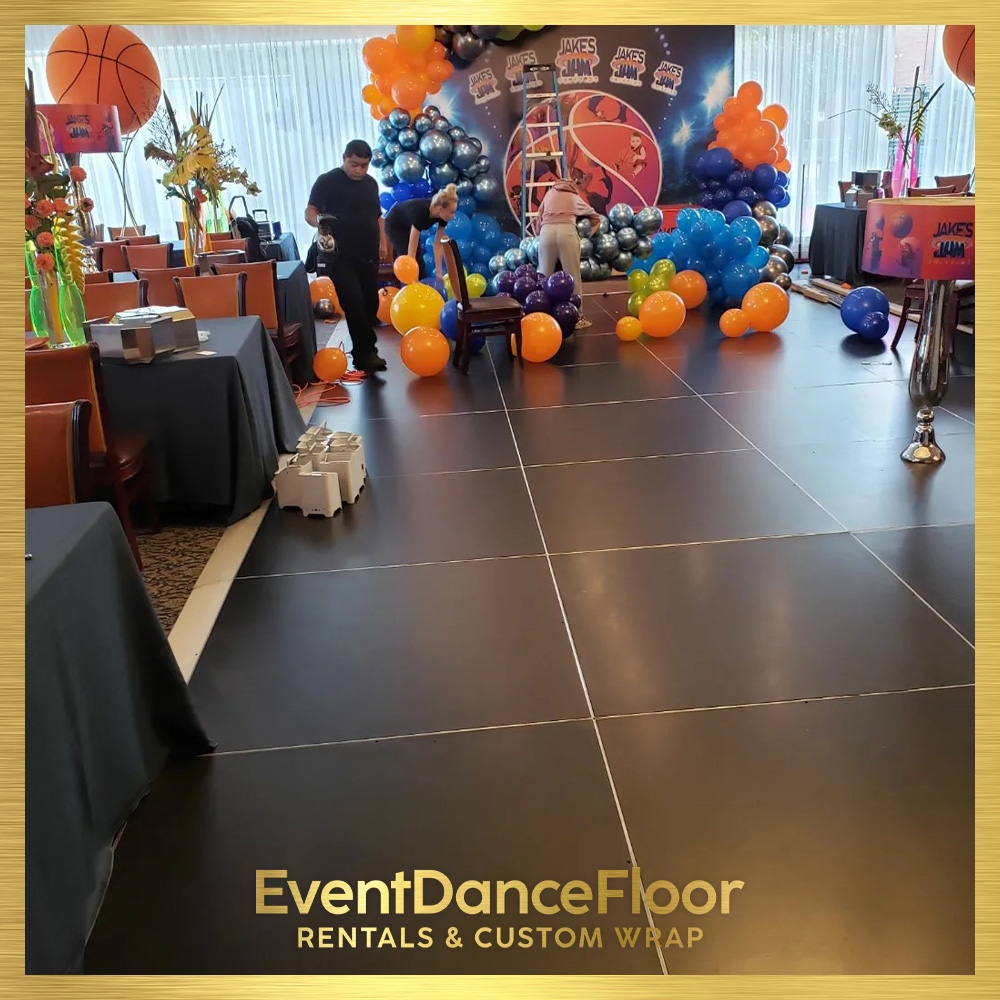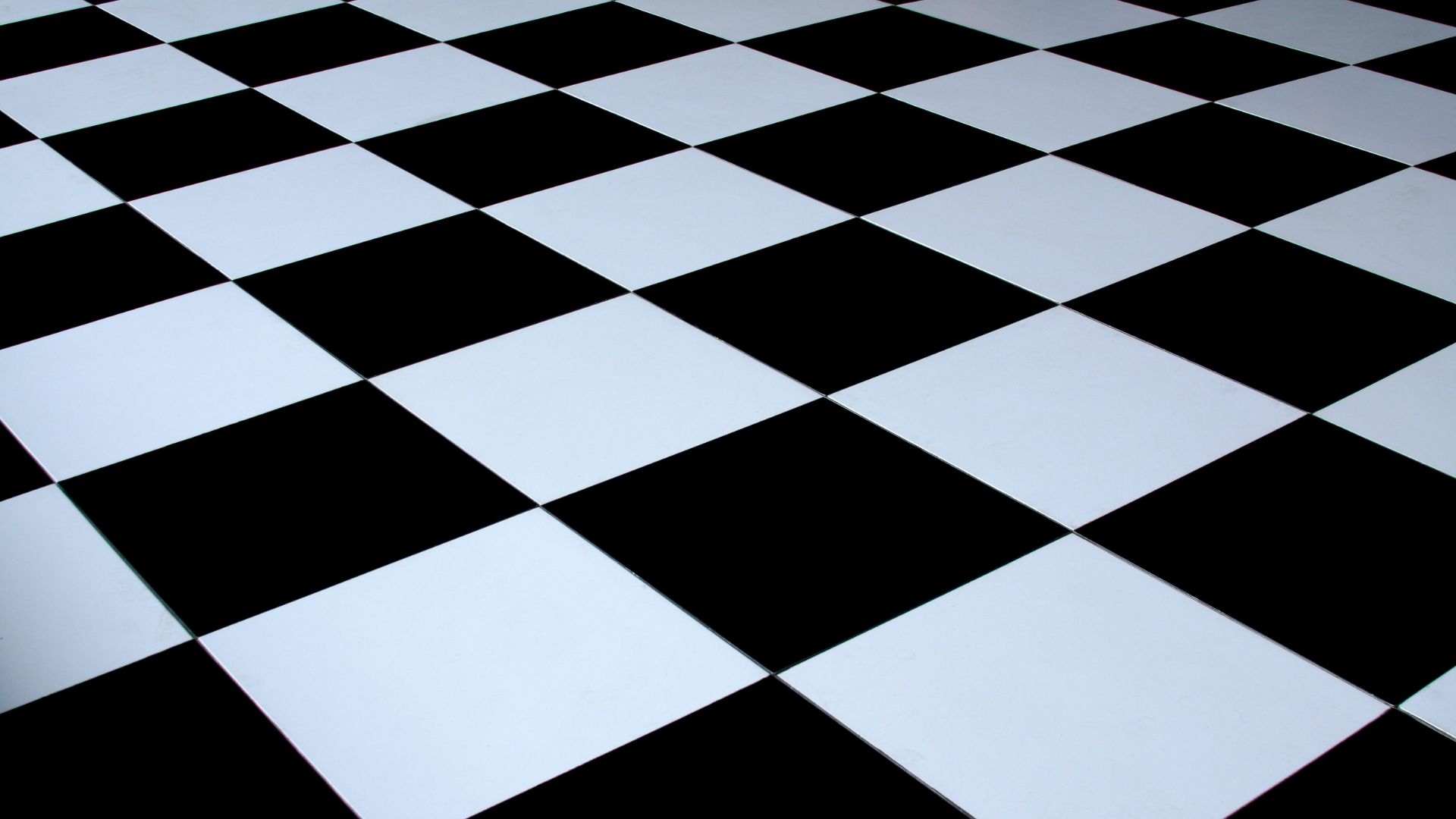Flexible Dance Surfaces
How does the flexibility of dance surfaces impact the performance of dancers?
The flexibility of dance surfaces plays a crucial role in the performance of dancers as it directly impacts their ability to move fluidly and safely. A more flexible surface allows for better shock absorption, reducing the strain on dancers' joints and muscles during intense movements. This can lead to improved overall performance and decreased risk of injuries, making it essential for dancers to have a surface that offers the right amount of flexibility.




